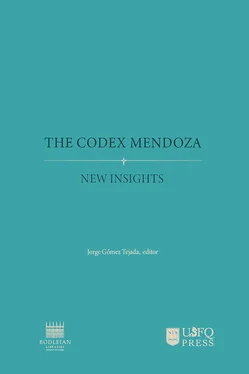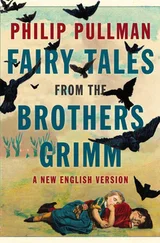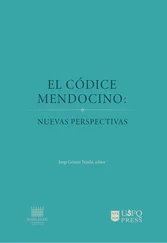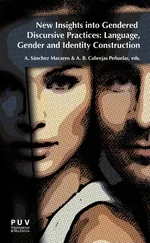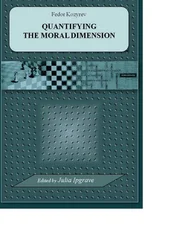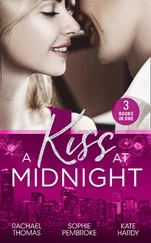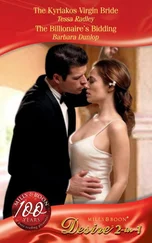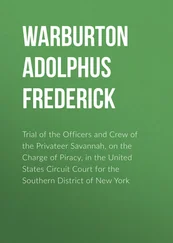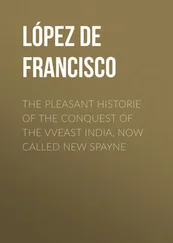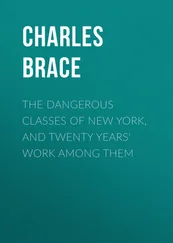16In Juan de Matienzo’s ([1567] 1967, 207) Gobierno del Perú, the author exalts Mendoza’s qualities as statesman and elevates him to the position of archetype for Spanish viceroys. Likewise, in the dedication of the Relación de Michoacán, Fray Jerónimo de Alcalá ([1567] 1967, 5–6) refers to Mendoza in lofty terms that evoke the language reserved for monarchs, particularly the idea that Mendoza had been “elected by God” to govern over the peoples of New Spain. Contemporary works like La Utopía Mexicana del Siglo XVI, by Guillermo Tovar de Teresa (1992), read Mendoza’s tenure through the lens of a statesman who was creating a viceroyalty based on an intellectual exercise grounded in philosophical and historical reflection and not only responding to practical needs of immediate effect.
17Many editions, in some of which the full title is included and in some of which it is not, we can see the 1844 Mexican edition of Joaquín de Mora that presents this translation of the word.
CHAPTER 2
The Painting Materials of Codex Mendoza

Davide Domenici
Università di Bologna
Chiara Grazia
Centro di Eccellenza SMAArt
(Scientific Methodologies applied to Archaeology and Art)
Università di Perugia
David Buti
CNR-ISPC (Istituto di Scienze del Patrimonio Culturale)
Laura Cartechini
CNR–SCITEC (Istituto di Scienze e Tecnologie Chimiche "Giulio Natta")
Francesca Rosi
CNR–SCITEC (Istituto di Scienze e Tecnologie
Chimiche "Giulio Natta")
Francesca Gabrieli
CNR–SCITEC (Istituto di Scienze e Tecnologie Chimiche "Giulio Natta")
Virginia M. Lladó-Buisán
The Bodleian Libraries, University of Oxford
Aldo Romani
Centro di Eccellenza SMAArt (Scientific Methodologies applied to Archaeology and Art)
Università di Perugia
Antonio Sgamellotti
Accademia dei Lincei
Costanza Miliani
CNR-ISPC (Istituto di Scienze del Patrimonio Culturale)
Introduction
What we present herein is the first scientific study of the Codex Mendoza’s painting materials, an accomplishment long awaited by Mesoamericanist scholars. The study has been carried out within the framework of a wider research project using an integrated array of spectroscopic instruments of the European mobile facility MOLAB, of the Center of Excellence Scientific Methodologies Applied to Archaeology and Art of the University of Perugia and the Institute of Molecular Science and Technologies. This study seeks to describe the chemical characterization of the painting materials used in the production of pictorial manuscripts in pre-Hispanic and colonial Mesoamerica (Miliani et al. 2010; Domenici et al. 2014; Brunetti et al. 2016). In November 2013, within this framework and thanks to the financial support of the European project CHARISMA, a MOLAB non-invasive campaign was performed on five Mesoamerican manuscripts held at the Bodleian Library in Oxford; these included the codices Laud (or Mictlan), Bodley (or Ñuu Tnoo-Ndisi Nuu), Selden (or Añute), Selden Roll, and Mendoza.1 Besides the work carried out in situ on the codices, the scientific project has been constantly supported by studies carried out in the laboratory on reference materials and pictorial models which were created based on the historical sources (Buti 2012; Grazia 2015). The research strategy applied to the Codex Mendoza has been based both on our own inspection of the manuscript at the Bodleian Libraries as well as on observations made by scholars that previously worked on it, who studied the painting technique, colors, and materials involved in making the Codex Mendoza.
Previous observations on the colors of the Codex Mendoza
The importance of considering the painting materials used by the painters of the Codex Mendoza was first stressed in 1938 by James Cooper Clark. Because he had no possibility of actually studying the materials of the manuscript, in his famous work, he simply listed the known native pigments used by ancient Mesoamerican painters as they had been recorded by Friar Bernardino de Sahagún in Book XI of his Florentine Codex (Clark 1938, 9). Two decades later, Donald Robertson published his detailed observations on the painting technique employed in the codex; he noted the coexistence of two different ways of applying colors: the flat washes, which he considered to be the traditional style of pre-colonial origin, and the use of one or more tones of a same color in order to create shades suggesting plasticity and tridimensionality, a trait that he considered to be a European-derived innovation. He also noted that these innovative traits are more abundant in the third part of the codex, the one with no pre-colonial models. In this section, they appear together with other novel elements such as the use of European perspective and the more realistic, “willowy” human figures engaging in a wide range of actions and facing right (that is, following the European reading order from left to right). Despite these differences, Robertson ([1959] 1994, 102–7) supposed that a single painter worked on the codex.
Building on Robertson’s observations, Kathleen Steward Howe (1992), who studied the codex as a member of the research group that produced the outstanding four volume study edited by Patricia Rieff Anawalt and Frances F. Berdan (1992), agreed on the presence of a single master painter. However, she suggested that he could have worked in a workshop, since variation in the technique of color application indicated that colors could have been applied by different collaborators (Howe 1992, 26). She noted that, even if the colors are mostly flat washes in Part 1, a brown color has been superimposed on an underlying yellow layer on the temples’ thatches (28). In Part 2, yellow and blue are always applied as flat washes, reds and yellows are blended to produce an “amber color”, and green is shaded to indicate modeling in warrior costumes and feathers; according to her interpretation, this green shading is a European trait. Howe also noted that the black frame lines were always painted before coloring, while the black elements within costumes were traced before the color if the costume is blue or orange, but after if the color is yellow or red. In her opinion, such details show that a group of people, working in a specific order, painted the manuscript. According to her observations, the painter who used the black color did not paint any other area and the painters who applied the colors were mostly acting according to pre-colonial modes; only the one who painted the green color seemed to be more influenced by European modes, maybe because he or she was younger in age. She observed that the same collective work was performed in Part 3, where the figures show a more evident volumetric intention. The men’s mantles, for example, show grey shades traced by the same painter who traced the frame lines of the drawing (presumably the principal artist) (28-29). In her words, “The use of color in the Codex Mendoza reflects both indigenous conventions and European conventions. The consistent use of a particular system of color application for individual pigments indicates a workshop system. The choice of the system of pigment application made by individuals within the workshop would seem to reflect the strength of their tie to the indigenous manuscript tradition rather than the newly introduced European system” (29). Nevertheless, “The amalgam of European and indigenous elements produced by the Mendoza artist speaks eloquently of both the speed of acculturation and resilience of the pictorial manuscript tradition” (25).
In several articles, Juan José Batalla Rosado (2007a; 2007b) proposed that the same “master painter” painted folios 6r-11v of the Matrícula de Tributos and the whole “tribute section” of the Codex Mendoza (folios 31r-42r). Batalla Rosado does not refer to colors in his analysis, as he mostly focused on drawing style. As such, his hypothesis of a single painter for the Codex Mendoza (or, at least, for the “tribute section”) only refers to the black line drawings and does not contradict the possibility of different painters applying different colors, as suggested earlier. Norman Hammond (2005) also provided interesting comments on the visual appearance of colors in Codex Mendoza and on their rendering in published facsimiles; he also suggested that the red color was an organic one, that is, cochineal or annatto.
Читать дальше
